Launched in 1989, the XM was the modern iteration of the Big Citroën, a replacement for the Citroën CX. It won the prestigious European Car of the Year award for 1990 and went on to win a further 14 awards that year. Between 1989 and 2000. Citroën sold 333,775 XMs.
The angular Bertone design was a development of Gandini’s Citroën BX concept. The XM was a longer car with a longer, inclined nose, more refined details and with headlamps that were very much slimmer than the norm. Rear accommodation in the XM was improved over the CX in both width, legroom and height. In particular the rear passengers were seated higher than those in the front in order to afford a good view out, important for a vehicle which would operate in French government service.
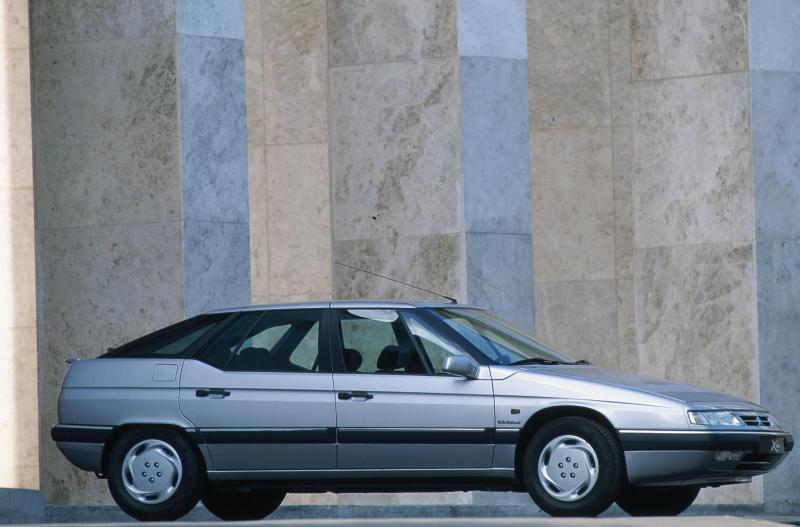

Retaining the hydro-pneumatic suspension of the CX, the system was enhanced with a very sophisticated electronic control system called Hydractive, which used sensors in the steering, brakes, suspension, throttle pedal and transmission to feed information on the car’s speed, acceleration, and road conditions to on-board computers. Where appropriate – and within milliseconds – these computers switched an extra suspension sphere in or out of circuit, to allow the car a smooth supple ride in normal circumstances, or greater roll resistance for better handling in corners. Also controlled was rust; the XM had a partially galvanised body shell and has proven, over time, to develop very little corrosion.
XM was offered with a 2.0L 4 cylinder gas engine and the option of a 3.0 L V6 gas engine – the first in a Citroën since the Maserati-engined SM of 1970. In early 1993 the XM 2.0L -litre gas engines were fitted with low-intertia garret turbochargers to add an extra 15 bhp.
In mid-1994 the XM was revised to improve competitiveness (and referred to as series 2). All models were fitted with driver’s airbag (signaling the end of the single-spoke steering wheel), seatbelt pretensioners, a redesigned dashboard and upper door casings. The suspension was redesigned to reduce roll, pitch and dive. Most noticeable was the adoption of a passive rear-steering system similar to that on the Citroen Xantia. This sharpened the “steering without inducing a nervous twitch. Power output on the turbocharged motor was increased to 150 bhp allowing the XM to develop more torque at much lower revs.
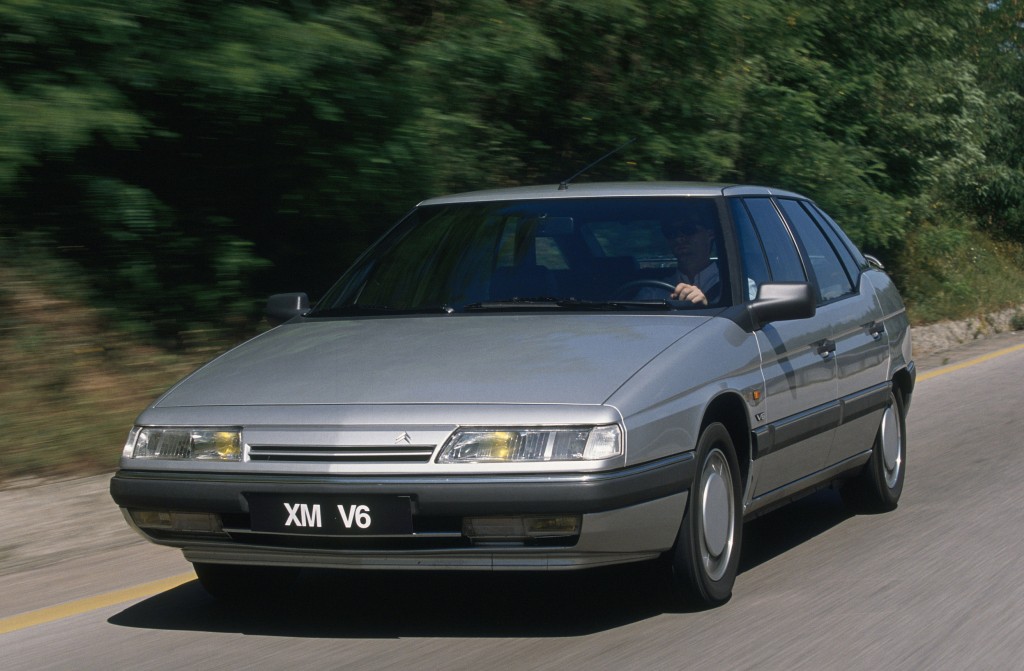
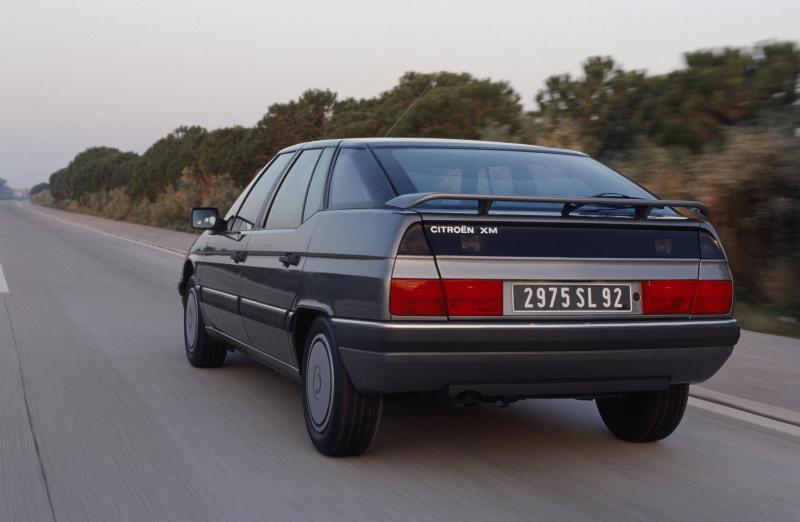
A function much missed by Citroën enthusiasts was the “DIRAVI” System, previously present in the SM and CX. This option was only available for the French or LHD Export market and then only on the 3.0 V6 models. The functionality varied from car to car, but simply put the system affects steering control, at lower speeds less steering centering force aids parking and make city driving easier, but at higher speeds the system makes the steering heavier keeping you in a straight line on highways and suppressing the “sneeze” factor inherent to fast steering ratios. Another helpful function of DIRAVI is its ability to return the steering wheel to its central or neutral position when let go by the driver, even when the car is stationary. This is especially helpful when parking as the driver can be assured that his or her wheels will be in the correct position when the ignition is turned off; again this function also aids high speed, straight line driving on highways.
The XM was also available as a “Break” (station wagon) – and in France, Tissier continued a tradition begun with the DS and CX, converting many to be used as ambulances and specialised delivery vehicles including their distinctive twin rear-axle conversions.
Although not an official variant XMs produced around 1992/1993 have been termed series 1.5 cars due to the mix of newer technology (developed for the series 2) with the series 1 vehicle type. One example of this being the alterations to the “Hydractive” suspension system on such cars. Early vehicles (series 1) had a system that could be switched from ‘Comfort’ to ‘Sport’ mode, this did exactly what you would expect and firmed up the suspension on flicking the switch but this made for a harsh ride which Citroen owners don’t like. So Citroen developed “Hydractive 2” suspension (for series 2 vehicles) that although in essence was the same it worked differently, it still had to two states ‘hard’ and ‘soft’ but the switching was controlled differently. In general smooth gentle driving the suspension would be in ‘soft’ mode (“Normal” mode according to Citroën on series 2 vehicles) which utilized all 6 suspension spheres and allowed ‘crossflow’ of fluid from side to side producing the characteristic wafting ride, but as soon as the suspension ECU sensed a large or sudden change in one of the sensors it would put the suspension into ‘hard’ mode locking out the extra centre spheres and stopping the ‘crossflow’ of fluid, this dramatically firmed up the suspension and cut body roll, as soon as the vehicle stabilized the ECU would switch the suspension system back into ‘soft’ mode.
The XM was imported into the United States by CXAuto, a company that had imported several hundred CX cars for Citroën loyalists in the USA. In the spring of 1991 they began converting and selling the XM Pallas (combined with the 2.0 injection engine) and the XM Vitesse (combined with the 3.0 V6 engine). In 1993, the XM Exclusive was added to the range. Unfortunately, the XM cost 40% more than the CX Prestige, with a price in excess of $50,000 and only a few examples were sold. As a result of newer, tougher US anti-pollution standards, the import of these cars ceased in 1997.
The XM showcased the pinnacle of automotive innovation and comfort in the 1990s, continuing from the CX to demonstrate Citroën’s bold approach to design and technology. It stayed in production until till 2000, recording some 330,000 sales. Although this number was considered a disappointment for the automaker at the time, its production run still greatly eclipsed that of its successor, the Citroën C6, that arrived in 2006.
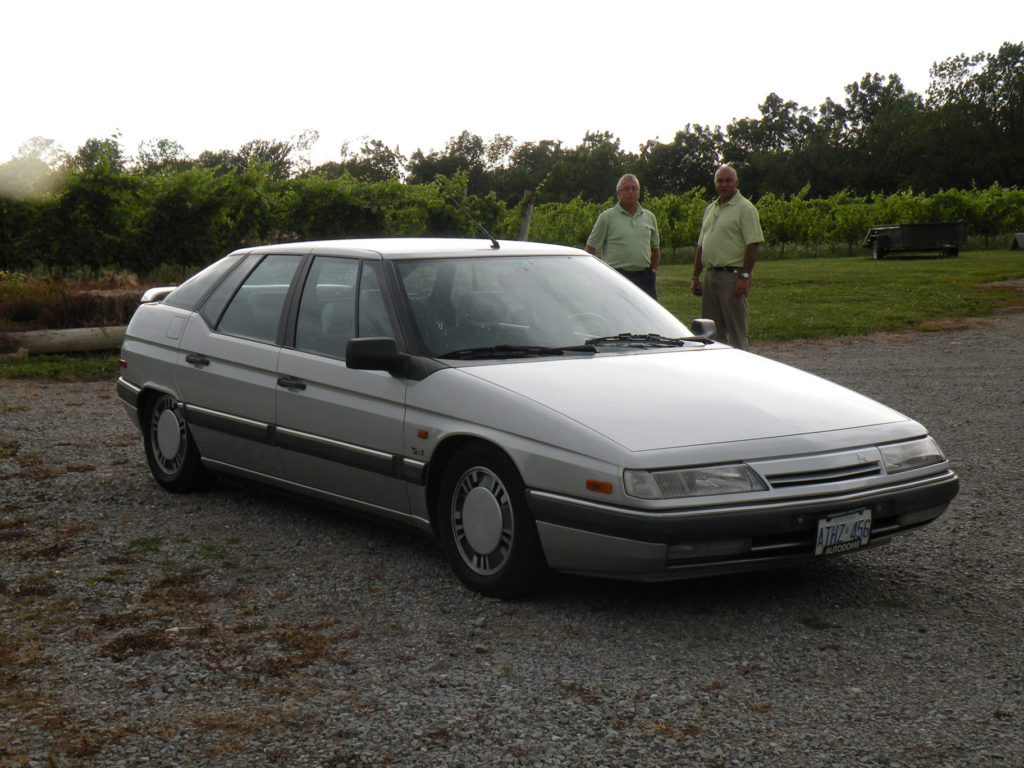

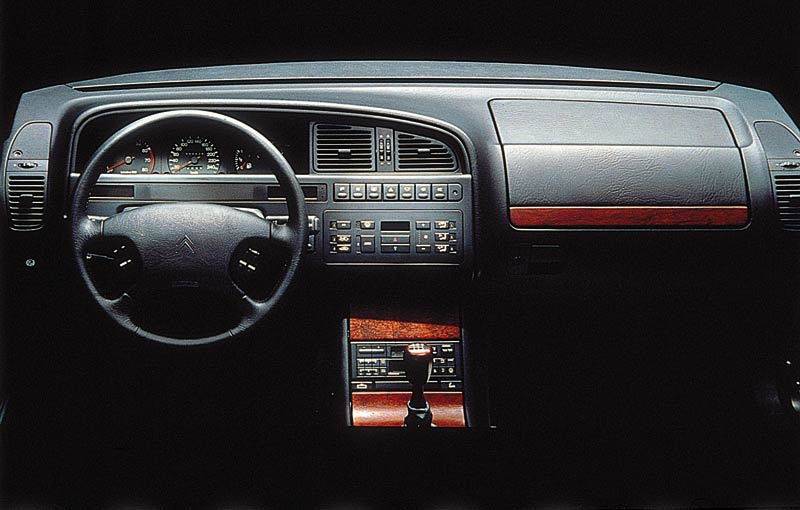
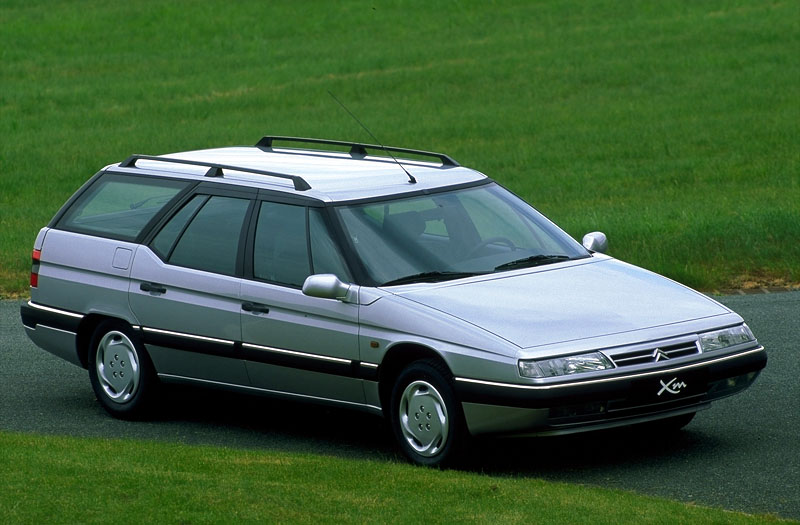
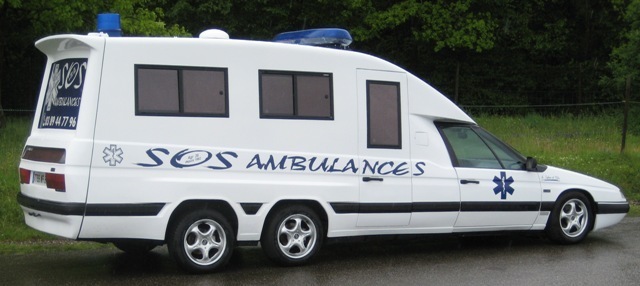

Interesting developments with Hyperdrive 2, etc. I would love to test drive any of these newer models. At least I have a current passport to do so in the near future. Thank you for the info & photos. I had to switch to the Saab series when Citroen was no longer available. Now Saab is dead in the water. My current ’98 9000 CSE is 25 years+ but still going strong. Body parts & hoses are no longer available, regretfully. Thanks, again. Peace.